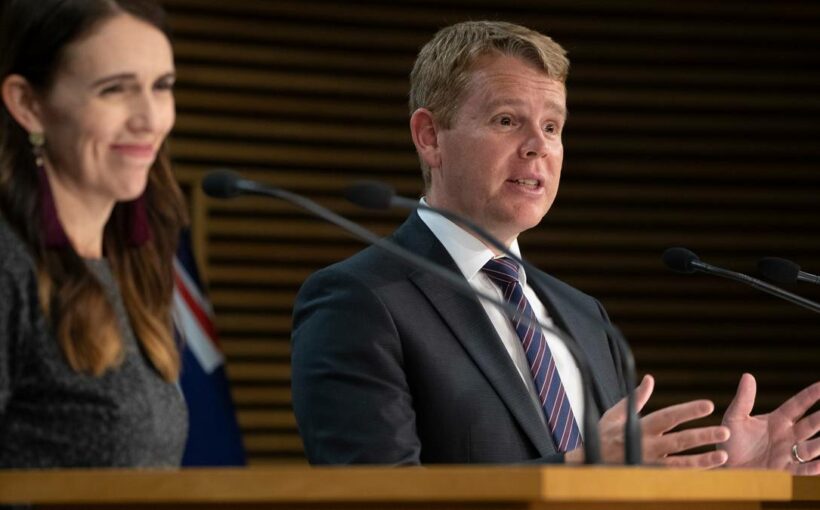The Ministry of Health concedes it doesn’t know how many border workers outside MIQ are still going to work without being vaccinated.
Asked about this blind spot, Covid-19 Response Minister Chris Hipkins wouldn’t quantify the level of risk it represented.
Hipkins and Prime Minister Jacinda Ardern have been talking up a vaccinated safety barrier at the border from the end of April by moving any non-vaccinated workers away from the frontline.
The public health vaccination order – now in effect – creates a vaccination barrier across MIQ, but not across all border facilities.
The order applies to all MIQ workers, workers involved in transporting travellers to and from MIQ, “government officials” in airports and ports, and aircraft cabin crew.
It doesn’t apply to other privately-contracted workers at the border, which includes airport cleaners, baggage-handlers and retail and hospitality staff, non-government healthcare and engineering workers, and pilots and stevedores who work at the ports.
Such workers have previously caught Covid-19, such as the worker who cleaned a plane carrying international travellers, or the person who handled laundry from the international airport.
The Herald asked the Ministry of Health how many unvaccinated border workers there were more than a week ago.
National director of the vaccine and immunisation programme Jo Gibbs yesterday conceded she didn’t know.
“The Ministry is continually looking to further improve its data and is actively working to establish a clearer picture of Covid-19 vaccination rates among the wider border workforce,” she said in a statement.
Asked to quantify the blind spot in terms of risk, Hipkins deflected and said, in general, that any risk should be minimised as much as possible.
“There is no such thing as a no-risk environment when it comes to Covid, but we can certainly continue to reduce risk.
“Do I want our data systems to be better? Yes, absolutely … The team who are working on it know that they need to produce more granular information than they’ve been able to produce so far.”
Given how the border workforce fluctuates, Hipkins said it was “quite difficult” to keep tabs on all the frontline workers at the border, and who among them are vaccinated.
Otago University epidemiologist Professor Michael Baker agreed, but that didn’t mean it wasn’t doable.
“Otherwise you don’t know the most basic performance measure, which is coverage. That’s a problem.
“This is about delivery. The goal is to vaccinate all border workers and their families, so you’ve got to actually define those groups in a practical sense and track how you’re going.
“The law and the public health infrastructure need to catch up with the intent.”
Baker also suggested a vaccinated safety barrier across health frontlines, such as at all hospitals, which would mean redeploying unvaccinated healthcare worker away from the frontline.
Hipkins was lukewarm on this idea, but didn’t dismiss it.
“To require someone to have a vaccination to do a particular job – there’s quite a high threshold in terms of the risk assessment you need to meet for that. Whether you could apply that to every health sector worker I think would be quite questionable.
“We want to encourage everyone to take up the vaccine because they see it as a good thing, rather than because they have to.”
Source: Read Full Article
